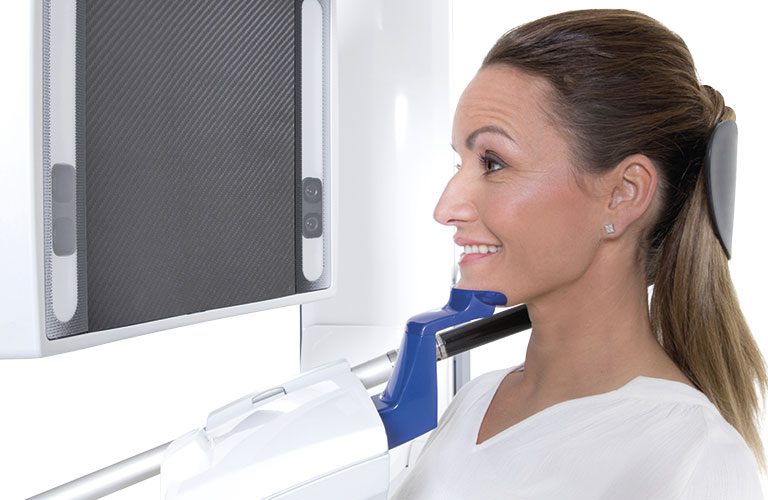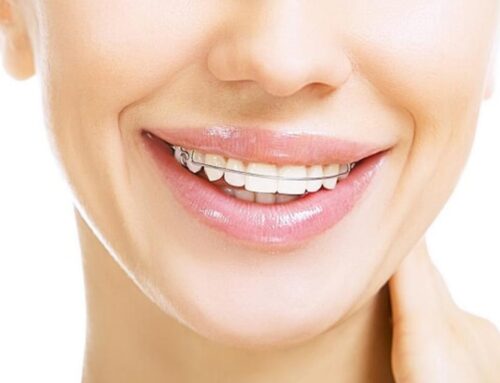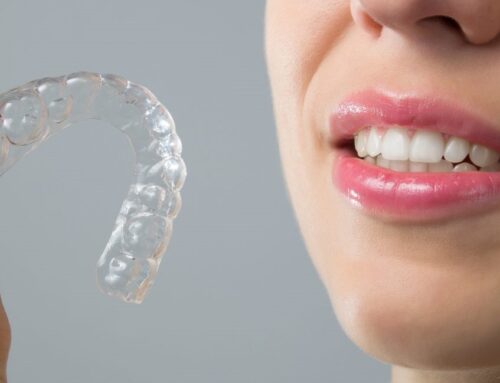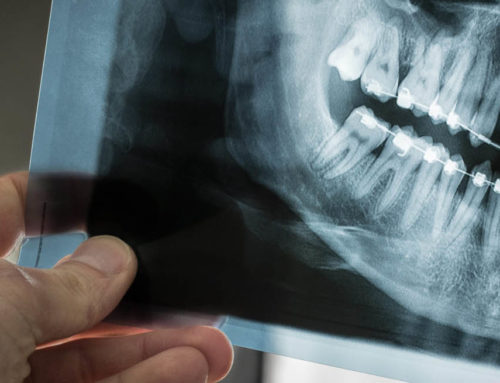Understanding How 3-D Imaging Technology is Used in Orthodontic Treatments
A tenet of modern dentistry involves dental professionals working with patients to make informed decisions and to ensure they understand what they will undergo with respect to treatment. Braces, in particular, are a vital orthodontic procedure that no patient should enter lightly or without a sense of control over the process and outcome.
Getting braces can be recommended by an orthodontist or it can be a choice made by the patient. Either way, it should require a thorough research and evaluation process. 3-D imaging can be a great help during the early stages, allowing patients to better understand the issues with their teeth, what they must endure to fix it and how the results will look. Applying braces to teeth is a complicated process so it’s important to remove any murkiness.
Let’s introduce you to 3-D imaging, the benefits and how it has become a vital component to braces treatments. We’ll also review the different types of braces treatments so you can learn the pros and cons of each.
Get to Know 3-D Imaging Technology in Dentistry
Simply put, 3-D imaging is a technique that captures and creates images with depth. In some formats, it manipulates 2-D data into a more illustrious 3-D format.
Records that track the evolution or degradation of teeth are a big part of orthodontic care with respect to diagnosis and treatment. Until recently, these records were comprised of 2-D imaging technology like photographs, cephalometric and panoramic radiographs and plaster models.
3D imaging systems have been a game-changer, allowing dentists and orthodontists to diagnose with greater ease and to precisely craft treatment plans to deliver positive results. Additionally, 3D imaging aids with follow-up cases and streamlines communication when multiple practices or specialists must collaborate.
3D dental imaging has become the preferred choice among dentists and orthodontists, especially in cases involving deformities like a cleft lip or palate. These advanced systems allow for quicker and more reliable analysis, which is invaluable to the overall process. Additionally, this technology helps dental professionals evaluate anatomical structures, including the hard and soft tissues of the face and the skull.
Here are some more important aspects about 3-D imaging:
- It’s non-invasive so multiple images can be taken without impacting the patient.
- Storing and archiving is far more practical.
- Software exists to give dentists a complete view with zooming and rotating capabilities.
Overall, it has been a significant boon to orthodontists.

How Has 3-D Imaging Changed Orthodontics?
Braces have been one of the biggest benefactors of 3-D imaging. It grants orthodontists the ability to treat patients with a more thorough understanding of the issues that need to be addressed.
Because of 3-D imaging, patients or parents of patients can get a better idea of how teeth are positioned and why they need to be straighten. Ultimately, this helps people make more informed decisions.
The iTero Element 5D Intraoral Digital Scanner
The latest digital imaging technology to arrive at Georgian Dental clinics in Barrie and Orillia is the innovative new iTero Element 5D intraoral scanning device. Using a special high-resolution digital camera attached to a handheld probe, your dentist or hygienist can quickly scan your teeth and gums and obtain a fully-rendered, ultra-detailed digital representation of your mouth. Using this digital model, the iTero Element 5D software can then provide a simulated view of what the results of your orthodontic treatment will look like when the braces come off. In just minutes, patients are able to see an accurate portrayal of what the future holds for their smile, and how dramatic the transformation can be.
Reasons to Get Braces to Straighten Teeth
Understanding the impact of 3-D imaging on diagnosing misalignments or spacing between teeth is important, but patients need to also recognize the overall benefits of braces.
Braces are proven to successfully straighten crooked teeth or repair jaw issues. Since most adult teeth don’t grow perfectly into place, braces are a common solution for many people.
For decades, braces have safely re-positioned teeth so that they are in their ideal location and contribute to a patient’s optimal oral health. Orthodontists often turn to this treatment to correct an overbite, underbite or crossbite. These are serious orthodontic issues that can negatively affect chewing, biting and speaking. Furthermore, braces can also be recommended in cases involving excessive grinding, snoring, injured teeth or other problems related to the teeth and mouth.
Exploring Braces & Orthodontics
While 3-D imaging can contribute to braces in several ways, patients or parents of patients still have some decisions to make.
With respect to braces, patients can choose the material that will help straighten their smile. No matter what option is chosen, it’s clear that the days of having to strap metal headgear on our faces to receive advanced orthodontic care are long gone. Most braces treatments include very little discomfort.
The traditional bracket and wire system of braces are still the foundation. Nowadays, brackets are much smaller, making them less noticeable from both up close and far away. Wires have also undergone a transformation. Patients can enjoy heat-activated arch wires that leverage the body’s natural heat to expedite teeth moving into their final position.
Different Styles & Types of Braces
3-D imaging can help uncover issues, but it is usually up to the orthodontist to suggest what type of braces a patient should chose. Incidentally, if the material won’t impact treatment or results, the patient can decide what they are most comfortable with.
Here are the options that patients will most likely have to consider:
Metal braces are the most common because they are the least expensive and have been around the longest. They are made of brackets that attach individually to a tooth and are connected by a thin and taut wire. Treatment involves an orthodontist regularly making adjustments, which moves teeth until they are straight.
Some people shy away from metal braces because they are the most visible and make people feel self-conscious socially and professionally.
Ceramic braces function similarly to metal braces but are less noticeable because the colour of ceramic can closely resemble that of a patient’s teeth. They are much subtler and, in most instances, can only be seen from up close.
While functional, these braces are weaker than metal braces. Because of this, they are typically only used on front teeth with their metal counterparts used for back teeth. This increases their durability while maintaining their stealth appearance. As you can imagine, this makes it an ideal option for adults in certain professions.
Braces can be a long, cumbersome process. To help speed things along, Georgian Dental® developed Fast Braces. To remove braces faster, this method utilizes a combination of subsonic wave therapy and phototherapy with an innovative bracket design and wire technology. This is a great option for patients who want braces without any disruption to their lives.
Lastly, there’s Invisalign. These sets of clear and removable aligners allow patients to undergo braces treatment without anyone knowing. They can be removed so you can continue to enjoy the food and drinks you love. You can also brush and floss regularly. A perfect option for people who can’t bear the thought of wearing braces to school or work.
Patients wear a set of aligners for two weeks. Each new set moves teeth closer into position with most treatments lasting 15 months, which is typically shorter than metal or ceramic braces treatment. The total number of aligners range from 18-30 but this will be decided by your orthodontist.
As you can see, you have lots of good option. It’s about finding what fits your budget and lifestyle and what you are most comfortable with as long as you don’t compromise the result. And with the advent of 3-D imaging, many steps of the process will be more fluid and easier.
Free Initial Consultation
Free consultations for all dental implants, bridges & crowns, braces, gum recession and full mouth reconstructions ($300 Value).
Contact us to book your appointment today.










